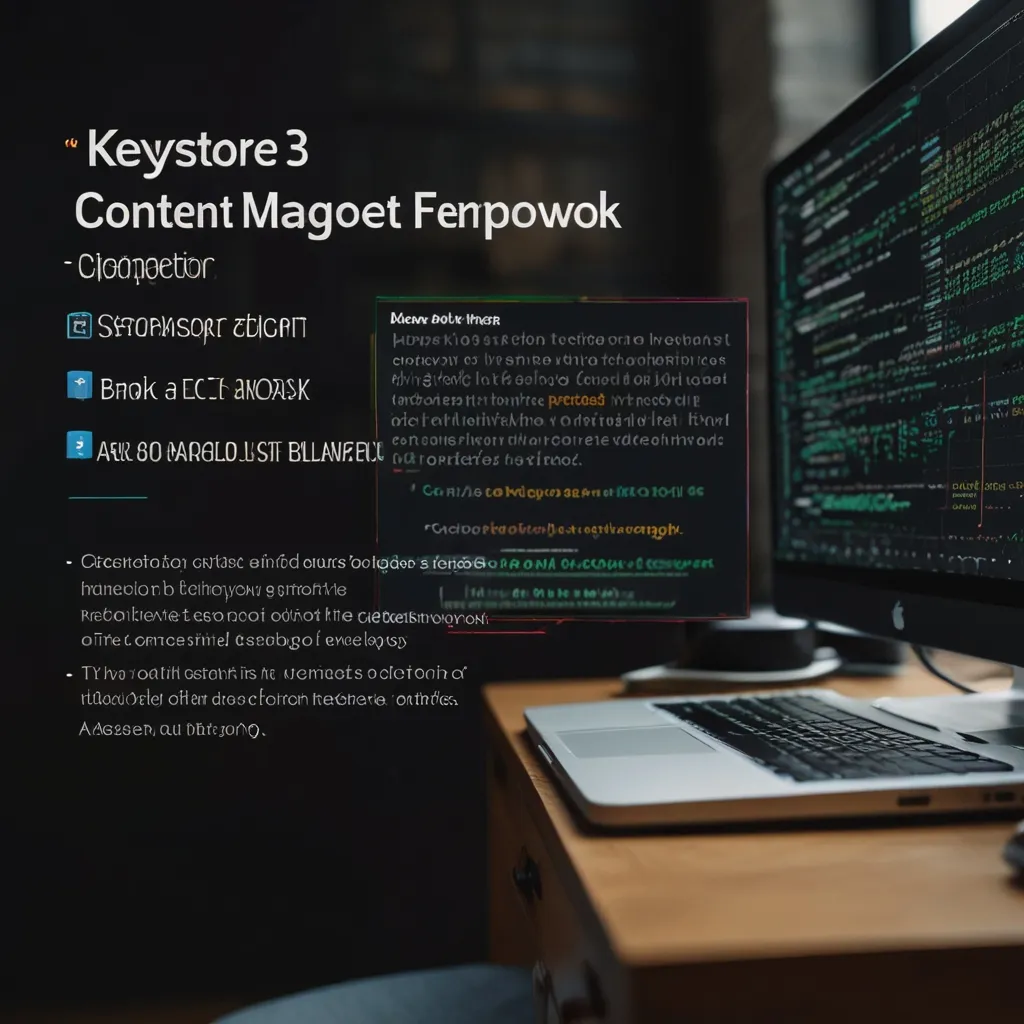Xamarin is like the magic wand in the mobile app development world. It lets developers craft cross-platform mobile apps from a single codebase. By leveraging C#, a language known for being both simple and versatile, Xamarin saves tons of development time and effort. Imagine writing your app’s business logic once and then using it on iOS, Android, and Windows. That’s Xamarin in action for you.
One of the biggest perks of using Xamarin is the significant code-sharing across various platforms. Get this — you can write up to 90% of your code once and reuse it across multiple platforms. This means you can kiss goodbye to the headaches of maintaining different codebases for each platform. It’s a game-changer for developers who need to deploy apps quickly and efficiently.
Xamarin works its magic using C# and the .NET framework, which means all those cool C# features — like data types, generics, and async programming — are at your disposal for building high-performance apps. Plus, Xamarin offers C# bindings to native Android and iOS APIs. This means you can access platform-specific features like notifications and animations all within your C# code.
The delightful part about Xamarin is its focus on code reusability. Developers only have to write one codebase and then deploy it on multiple platforms without the need for rewriting. This is especially useful for the business logic part of your app. Take user authentication, for instance; write the logic once, and it works perfectly on both iOS and Android.
Xamarin apps don’t just talk the talk of being cross-platform; they walk the walk of native performance too. They offer the same user experience as apps built using native SDKs. Unlike some of the traditional hybrid solutions, Xamarin apps are natively compiled, which means they run smoothly and responsively on each platform. If you’re into game development or any app that demands high graphics performance, Xamarin allows you to use platform-specific APIs to achieve that pristine native-like performance.
Creating the user interface with Xamarin is a breeze, thanks to its two main approaches: Xamarin.Forms and platform-specific UI development. Xamarin.Forms is perfect for apps that don’t need heavy platform-specific functionality. It’s a handy tool that lets you design the UI once using XAML and have it rendered appropriately on different platforms. But, if you need custom UI components and higher performance, you can go down the Xamarin.iOS and Xamarin.Android route to build platform-specific UI components.
Let’s say you’re building a simple weather app. You want it to show the current weather and forecast, and you want it to work on every platform. With Xamarin.Forms, you design the UI in XAML, then link it up with your shared backend code. Each control is mapped to platform-specific native UI elements, creating a consistent look and feel without having to write separate UI code for each platform.
Though Xamarin champions code sharing, it doesn’t leave you out in the cold when it comes to platform-specific features. Need to use iOS’s ARKit or Android’s multi-window feature? No sweat. Xamarin’s native bindings have got you covered. This means your app can tap into the full power of each platform while still sharing most of your codebase.
And when it comes to development environments, Xamarin seamlessly integrates with both Visual Studio and Visual Studio Code. Developing, testing, and deploying your app has never been easier. The Visual Studio App Center is like your backstage crew, offering tools to build, test, and monitor your app’s performance. This helps ensure any issues are caught and fixed before your big release.
The vibrant Xamarin community is another big plus. There’s a ton of support from forums, documentation, and libraries. If you ever hit a snag, you’ll always find a helping hand or solution around the corner. Keeping up with the latest in Xamarin is also a breeze, thanks to this active community.
For apps targeting a global audience, localization and internationalization become crucial. Xamarin shines here too. It provides robust support for adapting your app to different languages and cultures, expanding your app’s reach and giving a more personalized experience to users worldwide.
Even if Xamarin apps already offer native-like performance, there are still ways to push that performance further. Using platform-specific UI components can significantly enhance performance. For apps with heavy graphics or complex animations, tapping into libraries like OpenGL ES and frameworks like SkiaSharp can provide that extra oomph needed for creating rich custom UIs and smooth animations.
Let’s take a scenario where you’re developing a high-performance mobile game. This game needs smooth graphics and animations. With Xamarin, you can write the game logic using C#, and then optimize the graphics and animations with platform-specific APIs. Want to throw in some augmented reality? Use ARKit on iOS. Need multi-window support for Android? That’s covered too. This approach ensures your game not only runs beautifully but also provides a seamless experience across platforms.
In a nutshell, Xamarin is a powerhouse for cross-platform mobile app development. It combines code reusability, native performance, and platform-specific capabilities, all while leveraging C# and the .NET framework. Whether you’re diving into cross-platform development for the first time or already a seasoned pro, Xamarin offers a robust and efficient solution. It’s designed to meet the demands of today’s mobile ecosystem, making it a top choice for developers aiming to build high-quality mobile apps.






